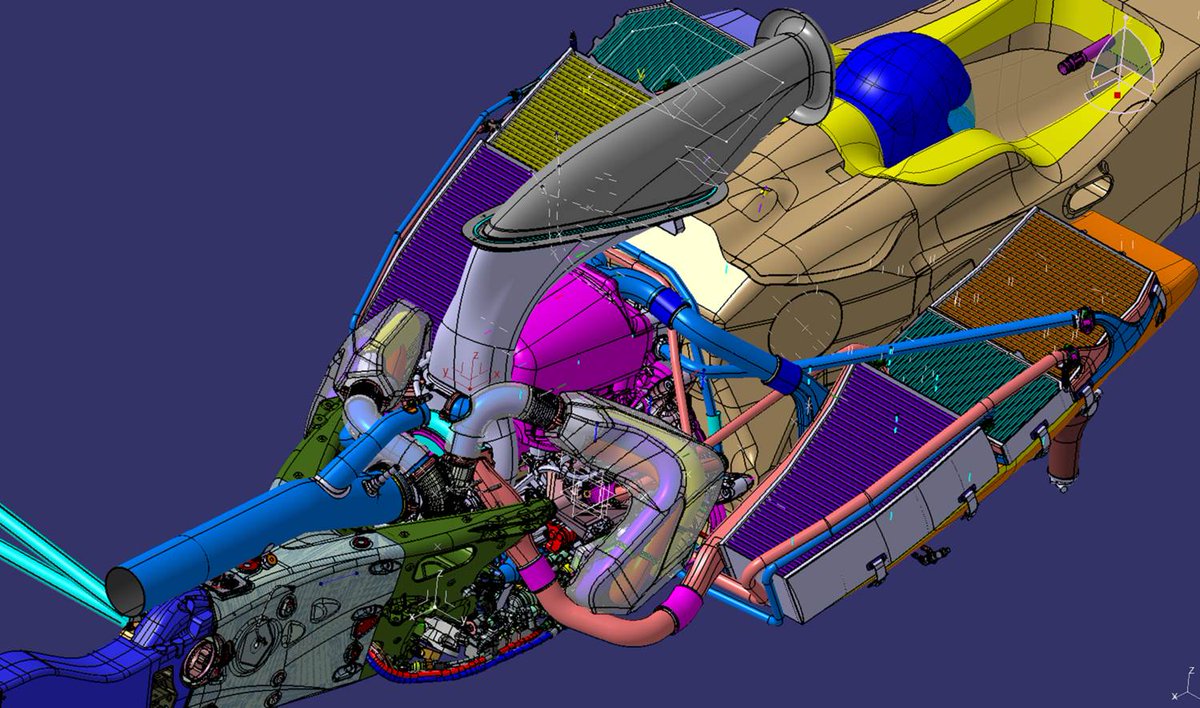Maybe it really is... The possibility exists and the good thing about that variant is, that you have a good mixture of continuous flow to the turbine and one pulsed one with higher energy.roon wrote:This is a clue isn't it? Does Honda number their V's per bank or along the crank?Wazari wrote:1-4-5-6-3-2? 1-5-3-6-2-4? 1-4-3-6-2-5? 1-4-2-5-3-6? or 1-2-3-4-5-6?
With 1-2-3-4-5-6, the ignition timing would be:
1 - 120° - 2 - 120° - 3 - 210° - 4 - 120° - 5 - 120° - 6 - 30° - 1
I don't know, how this would work in terms of vibrations. But this firing order is so unorthodox, the more I think about it, the more it seems realistic...
This would also fit to the picture I posted of the RA616H. The exhaust system has a wider main pipe diameter, which is not very much but it could be the increase in flow area they need to fix the huge amount of exhaust flow overlap.
Also, we are all (except from Wazari and his colleague) not familiar with dual-fed exhaust turbines I think. Maybe, if they have one exhaust pipe working at the time and then the other one (360° just with left bank, 90° no flow, 180° just with right bank, 90° with both banks) it doesn't hurt the absolute efficiency of the turbine not as much as a "real" pulse charging.




